NIL
Pay to play: Will Snowden on NIL, agents, the portal, and the shifting sands of college recruiting
PROVO — As college football continues to evolve in the wake of the NIL era, the traditional model of recruiting, development, and player loyalty is being fundamentally reshaped. At the intersection of this transformation is Will Snowden, the founder of Alpha Recruits, which is a Utah-based organization that helps young athletes navigate the college football […]
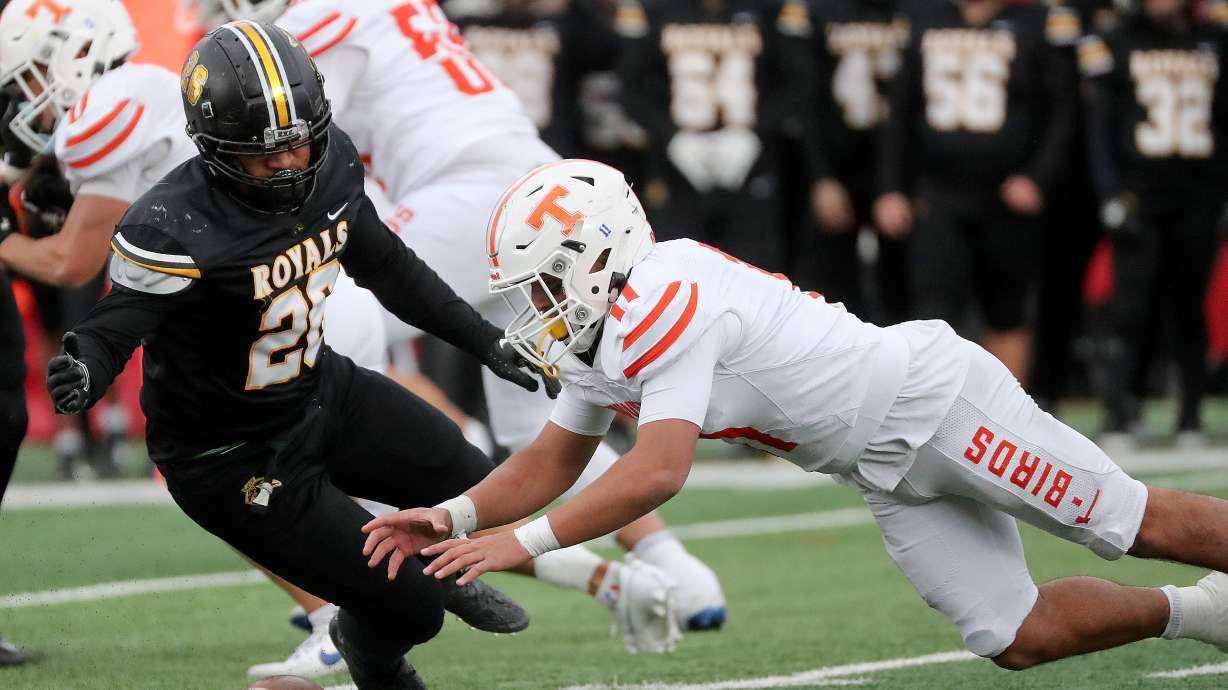
PROVO — As college football continues to evolve in the wake of the NIL era, the traditional model of recruiting, development, and player loyalty is being fundamentally reshaped.
At the intersection of this transformation is Will Snowden, the founder of Alpha Recruits, which is a Utah-based organization that helps young athletes navigate the college football recruiting process.
Snowden has been a firsthand witness to the sweeping changes that NIL, the transfer portal, and increased agent involvement are bringing to the sport, and he doesn’t see things stabilizing anytime soon.
Where once recruiting was a long-term investment — identifying and developing young talent from the high school level — many programs now operate more like free-agent hunters.
The influx of NIL money and the wide-open nature of the transfer portal have turned college football into a high-stakes marketplace, and agents are no longer limited to post-college careers; they are now very much part of the college game, actively recruiting players still in school.
“With college players being paid, a lot of the top agencies are attacking and going to get these players now,” Snowden said in a recent interview with ESPN 103.9 and 98.3 The Fan. “These agents are getting a ton of information about opportunities … all of a sudden, there’s information about what that kid might be worth if he were to get into the portal.”
Free market free agency
The power that agents now wield is remarkable. They serve not just as advisors but as market makers — negotiating NIL deals, influencing transfer decisions, and even initiating contact between schools and players, directly or indirectly.
While some argue this offers athletes much-needed empowerment, others like Snowden are deeply concerned about the lack of regulation, oversight, and long-term planning within this fast-evolving system.
The real winners in this new structure, according to Snowden, are often players who have already proven themselves at the college level and are willing to jump ship. These players, especially those with multiple years of eligibility left, can command significant NIL offers simply by entering the portal and creating a bidding war among programs.
“Most top players are worth more in the portal than they are at their (current) school,” he said. “I don’t see it changing anytime soon because there is no collective bargaining; there is no union. I’m interested to see how it all plays out.”
High schoolers are not high priority
For college coaches, roster management has become chaotic and unpredictable. For high school athletes, it’s even worse. With programs focused on experienced portal players, many high school seniors are being left behind, even when their talent and potential clearly warrant scholarship consideration. Snowden said the impact has been staggering.
“I’ve seen a 75% drop,” Snowden said, referencing the decline in scholarship offers to high school players. “I’m going to tell you something that really upset me. I have a few guys I’m trying to place who are high school seniors — very good, talented. I’m speaking to an (FCS) program and they say, ‘We need a preferred walk-on backer. He’s going to have to pay for his school first.’
“They said, ‘It has to be a portal guy.’ I said to myself, OK, this is what’s really broken. Schools want to complain about the portal but then all they’ll take is the portal.”
The contradiction is glaring.
College programs bemoan the destabilizing effects of the transfer portal but simultaneously rely on it as their primary method of roster building.
For young players dreaming of college football, this has made the process murkier and more discouraging than ever. The notion of being “recruited and developed” is increasingly being replaced by “wait your turn and hope someone leaves.”
Familial ties and third party connections
Snowden’s recruiting work in Utah offers a clear lens into these shifting dynamics. The state has a close-knit football community, where families often have ties to multiple local universities. Loyalty, tradition, and development used to matter.
But even in a place so steeped in football culture, the new economics of the sport are reshaping how decisions are made and where players end up.
“In Utah, it’s a very small community,” he said. “There aren’t many families that don’t have connections to every school in the state. You have so many families that are split.”
These internal divides reflect broader national trends. NIL and the transfer portal have blurred the lines between amateurism and professionalism; and for many players, the decision to transfer isn’t about loyalty, for some it’s about opportunity, and market value.
Families, third-party representation, and agents see a better deal elsewhere and nudge players into the provocative portal. For others, it’s due to the new transactional relationships between programs and players.
Many players recently have been gently encouraged to enter the portal by coaches seeking to free up scholarships or refresh rosters.
“This is the reality. The portal’s a very interesting place,” Snowden said. “Many of the kids that are in the portal were told to enter the portal. The kids are getting hip to the game. … ‘I gotta do what’s best for me.'”
Transactional vs. transformational
Once rare, transferring is now increasingly common. When relations turn transactional, there is a survival instinct that kicks in that reminds players and their families to make the most of their short college window.
Programs, efforting to retain talent, need a strong message and competitive NIL to retain them. Retaining talent no longer depends on just building a strong team culture, winning as a team or offering playing time. It now requires programs to understand each athlete’s financial and long-term personal calculus.
“It just comes down to the kids, their situation, the commitment to the program, their role inside the program as well,” Snowden said.
At its core, Snowden’s work is still about helping young athletes achieve their dreams. But that dream — of signing on national signing day, wearing a college jersey, and slowly working into a starting role — is fading fast. The system is becoming more transactional, and unless structural reforms come into play, the future of high school recruiting could be in jeopardy.
“I’m focused on helping high school kids live out their dream of playing college football,” he said. “And it’s getting harder and harder — not by the day, but by the second.”
The Key Takeaways for this article were generated with the assistance of large language models and reviewed by our editorial team. The article, itself, is solely human-written.
NIL
Jim Nagy makes another front-office hire
New Oklahoma Sooners general manager Jim Nagy continues to add to his front office this offseason. Nagy’s latest hire is a former NFL wide receiver, who also has NFL front office experience, as Oklahoma has brought on Lake Dawson to the front office staff. Dawson joins assistant general manager Taylor Redd, director of high school […]

New Oklahoma Sooners general manager Jim Nagy continues to add to his front office this offseason.
Nagy’s latest hire is a former NFL wide receiver, who also has NFL front office experience, as Oklahoma has brought on Lake Dawson to the front office staff. Dawson joins assistant general manager Taylor Redd, director of high school scouting Kale Pearson, assistant director of college scouting Charlie Parkinson, player personnel staffer Stacey Ford, and Nagy as the new faces so far in OU’s front office.
Dawson was most recently the senior executive for the Buffalo Bills. He joined the franchise back in 2017 as their assistant director of college scouting.
Dawson served in various personnel roles with the Seattle Seahawks from 2001 to 2006. He was a senior personnel executive with the Cleveland Browns in 2016 and was the vice president of player personnel with the Tennessee Titans from 2007 to 2015.
Dawson is a Notre Dame alum, who was drafted in the third round (92nd overall) of the 1994 NFL Draft. He played for both the Kansas City Chiefs and the Indianapolis Colts.
As Jim Nagy continues to remake the front office in Norman, he’s changing the way Oklahoma recruits, portals and scouts in college football’s NIL era.
Contact/Follow us @SoonersWire on X, and like our page on Facebook to follow ongoing coverage of Oklahoma news, notes, and opinions. You can also follow John on X @john9williams.
NIL
Mississippi State paid big money to hire Brian O’Connor as baseball coach
Mississippi State wanted an elite baseball coach, and they paid the money that it takes to land one. New skipper Brian O’Connor will make an average annual salary of $2.9 million in Starkville. That makes him the second-highest paid coach in college baseball behind only Tennessee’s Tony Vitello ($3 million). It’s a massive pay raise […]

Mississippi State wanted an elite baseball coach, and they paid the money that it takes to land one. New skipper Brian O’Connor will make an average annual salary of $2.9 million in Starkville. That makes him the second-highest paid coach in college baseball behind only Tennessee’s Tony Vitello ($3 million).
It’s a massive pay raise from what O’Connor was making at Virginia. His 2024 contract extension in Charlottesville put him at $1.4 million per year. That’s being paid more than handsomely in college baseball, and yet it’s still $1.5 million below what he’ll be making at Mississippi State.
It’s also a significant increase in compensation from what Mississippi State had been paying for a head coach previously. Chris Lemonis earned $1.35 million annually, which again, was in range of many of the top coaches in the sport but is not the elite money they’ll now be putting forth.
On top of his $2.9 million a year base salary, Brian O’Connor has the opportunity to earn up to $500,000 extra from performance incentives in a given year. O’Connor will get an extra $50,000 for any of the following: winning the SEC regular season title, winning the SEC Tournament title, being named SEC Coach of the Year, being named National Coach of the Year.
Then there are his NCAA Tournament incentives. These do not stack atop one another, as he’ll earn the bonus based on where his Bulldogs end their season. For making an NCAA regional, O’Connor will earn $50,000. That jumps up to $100,000 for a super regional appearance, $150,000 for a trip to the College World Series, $200,000 for making the College World Series finals, and $300,000 for winning the national championship.
Mississippi State investing at an elite level in college baseball
Mississippi State put up the type of money that made it impossible for Brian O’Connor to say no to taking the job. But landing him wasn’t just about what he’ll be earning. The resources to attract talent matters too, and that’s an area the Bulldogs are expected to thrive going forward.
By all accounts, the expectation is that Mississippi State will have one of, if not the, top NIL budgets in college baseball. They’ve secured the funding to go out and do whatever is necessary to land the best players available on the recruiting trail and in the transfer portal. Having an elite head coach is great, but if he doesn’t have the necessary resources to get talent, he’s not going to be successful.
This is high-end investment in all facets from MSU. They’re committed to winning at the highest level in baseball moving forward.
NIL
Purdue Ends Month of May Among Top 10 in Sales at NIL Store
Purdue was one of the top-selling schools at the NIL Store in May. It was one of four Big Ten schools to crack the top 10 for the month, coming in at No. 8. The NIL Store works with more than 110 schools across college athletics. Cracking the top 10 is a sign of great […]
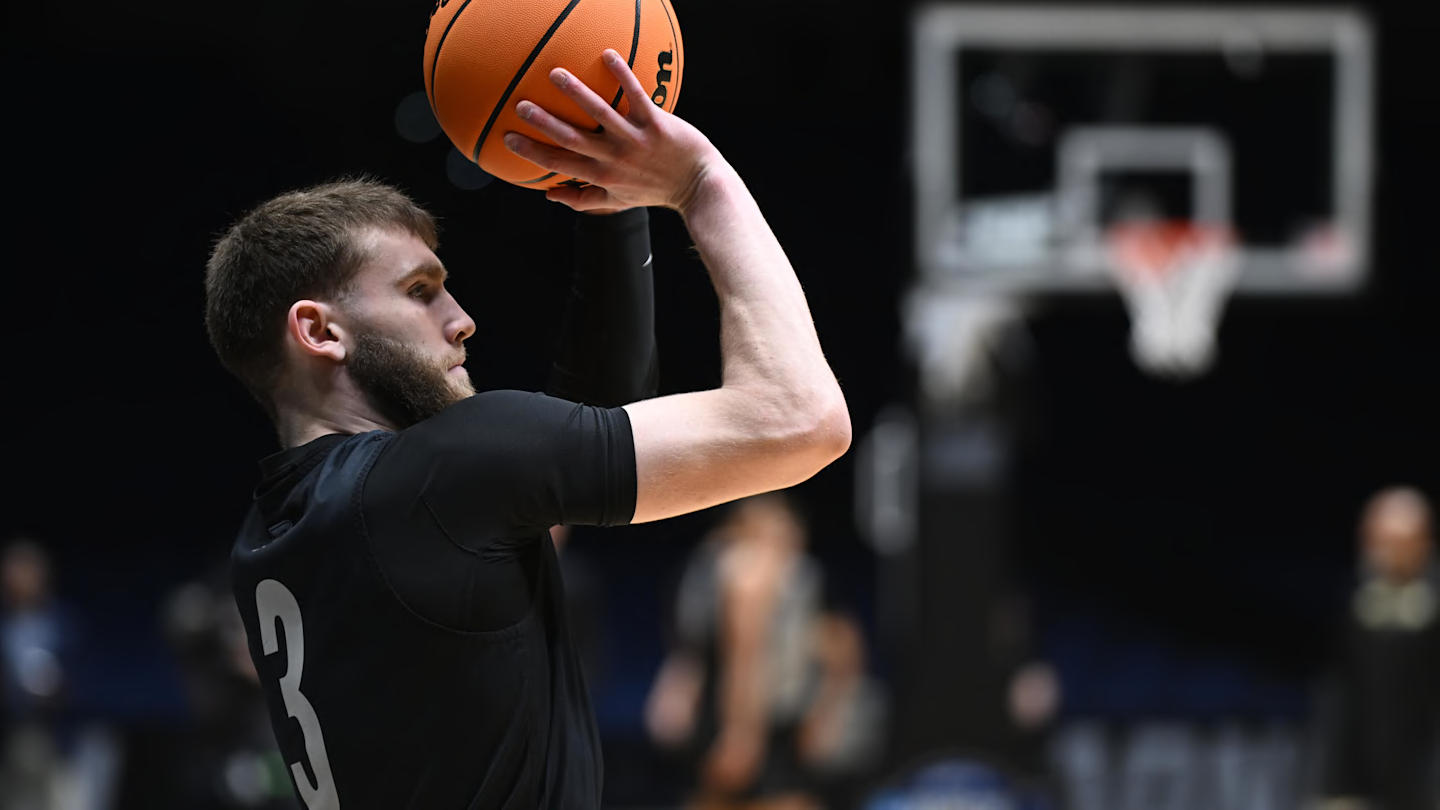
Purdue was one of the top-selling schools at the NIL Store in May. It was one of four Big Ten schools to crack the top 10 for the month, coming in at No. 8.
The NIL Store works with more than 110 schools across college athletics. Cracking the top 10 is a sign of great fan and team support. At this time, the NIL Store did not release specific players whose sales did the best in May.
Here’s the complete top 10 for the month of May:
- UConn Huskies
- UCLA Bruins
- Duke Blue Devils
- Arkansas Razorbacks
- Florida Gators
- Illinois Fighting Illini
- Tennessee Volunteers
- Purdue Boilermakers
- Maryland Terrapins
- West Virginia Mountaineers
Throughout the college basketball season, Purdue is consistently in the top 10 for sales at the NIL Store. With so much hype surrounding the Boilermakers entering the 2025-26 campaign, it probably helped with sales in May.
Purdue fans are also gearing up for the 2025 volleyball and football seasons.
ERTEL MAKES ALL-STAR GAME HISTORY: 2026 Purdue commit Luke Ertel made history in the Indiana Junior-Senior All-Star Game on Wednesday night, scoring a junior record 36 points in a 117-114 win. CLICK HERE
STAHL COMMITS TO PURDUE WBB: Saige Stahl, a former Indiana State forward and native of Seymour, announced her commitment to Purdue via social media over the weekend. CLICK HERE
PURDUE FB LANDS COMMITMENT FROM GEORGIA SAFETY: Purdue continues to add to its 2026 recruiting class, picking up a commitment from three-star Georgia safety Dana Greenhow, who had received 24 offers. CLICK HERE
NIL
Edenfield, Harding and Warren Begin Inaugural AUSL Season on Saturday
TALLAHASSEE – Former Florida State softball players Michaela Edenfield, Kalei Harding and Jessi Warren will begin the Athletes Unlimited Softball League (AUSL) season on Saturday. Edenfield and Warren will play for the Volts while Harding will play for the Blaze. The Volts and the Blaze will open their seasons against each other at 7:30 p.m. tomorrow […]

It is an exciting time for professional softball as the MLB announced last week that they will be investing in the AUSL and softball at all levels. Along with MLB’s investment, 16 games including the Championship Series on July 22-23 will be aired on ESPN2 or ESPNU. Five games will be aired exclusively on the MLB Network with over 30 games available to stream for free on MLB.com and MLB.TV.
Two of the top hitters in FSU history will pair up for the Volts who have softball legend Cat Osterman as its general manager. Warren is undoubtedly the greatest hitter to ever wear the Garnet and Gold. Warren was a three-time NFCA All-American in 2016-18 and helped the Seminoles to their first WCWS National Championship in 2018. Warren is the all-time leader in FSU history for career batting average (.391), career runs (229), career home runs (83), career RBI (273) and career slugging percentage (.820). Warren was also a Gold Glove recipient at third base. Warren is in her seventh season for Athletes Unlimited and is also a member of the US National Team. Warren was named the 2023 AU Pro Softball Defensive Player of the Year.
Edenfield ended her career as one of the most recognizable figures to come through the Florida State program. “Area 51” became a figure of college softball for her power at the plate and her famous eye makeup. Edenfield finished her career as a four-time All-ACC performer and was a Third Team NFCA All-American in 2024. Edenfield finished her career second all-time in career slugging percentage (.649), third in career home runs (54), fifth in career RBI (202) and third in career walks (63).
Harding will play for the Blaze who are led by Dana Sorensen who was a three-time NFCA All-American at Stanford under Coach Alameda who was her pitching coach. Harding is in her second season with Athletes Unlimited and had a great first year. Between the AUX Season and the Championship Season, Harding hit .276 with five home runs and 24 RBI. Harding’s 17 RBI in the AUX Season was a new record and she also broke the record for most RBI in a single game with seven. At Florida State, Harding was a four-time All-ACC performer and ranks in the top 10 in FSU history for career doubles, carer home runs, career RBI and career slugging percentage.
The AUSL will travel to 10 different cities this year before each team having a home city in 2026. The league will run from June 7 through July 24 with the Championship Series taking place on July 22-23 in Tuscaloosa, Alabama. For the full schedule and more information, visit theausl.com.
NIL
Texas lawmakers propose NIL bill to allow universities to pay players as NCAA ends bans
With the NCAA expected to end its decades-old prohibition on universities paying players directly, Texas lawmakers have authored a bill to “change state law” and “allow schools to do so,” according to the DALLAS MORNING NEWS. Under House Bill 126, which is awaiting Texas Gov. Greg Abbott’s signature, colleges “could enter into” NIL agreements with […]
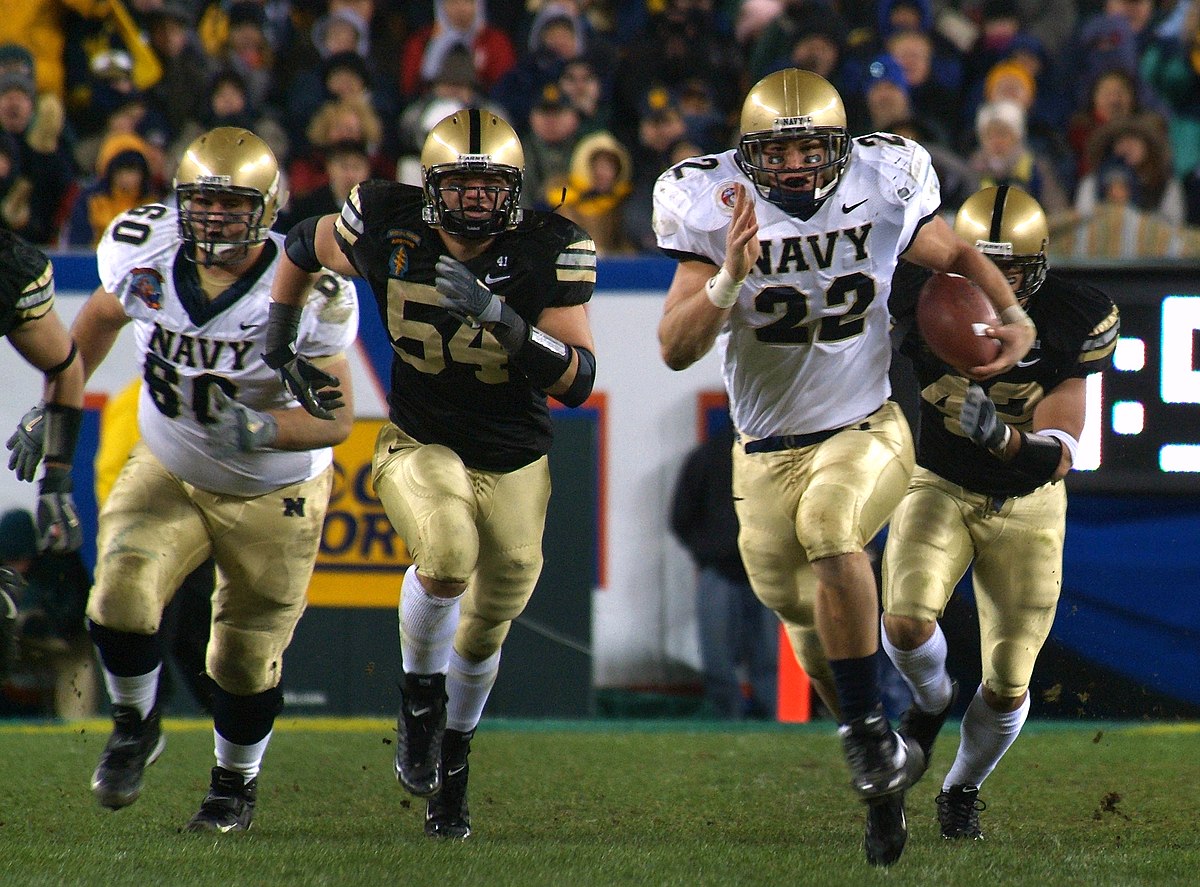


With the NCAA expected to end its decades-old prohibition on universities paying players directly, Texas lawmakers have authored a bill to “change state law” and “allow schools to do so,” according to the DALLAS MORNING NEWS. Under House Bill 126, which is awaiting Texas Gov. Greg Abbott’s signature, colleges “could enter into” NIL agreements with their athletes. Current state law allows students to have NIL agreements “only with third-party brands.” The bill would “allow athletes 17 or older to be paid after they have enrolled in college,” but it would “not extend the provision to high school students.” Schools “could provide a total” of $20.5M to their athletes annually, and they would be able to “use it as a tool to recruit high school athletes as well,” which is not allowed under current rules. University leaders told lawmakers that the legislation “is necessary to attract talent to the state” and “keep homegrown talent under the expected NCAA changes.” Abbott has “until June 22 to sign or veto bills.” If signed, the NIL law “would take effect Sept. 1″ (DALLAS MORNING NEWS, 6/5).
NIL
How can Drexel Athletics increase their name recognition?
Photo by Kasey Shamis | The Triangle Unlike colleges such as the University of Alabama or Ohio State, Drexel is not typically top of mind when it comes to prestigious athletics programs. As a member of the Coastal Athletic Association, which is not part of the Power 5 conferences (which include the Atlantic Coast Conference, […]
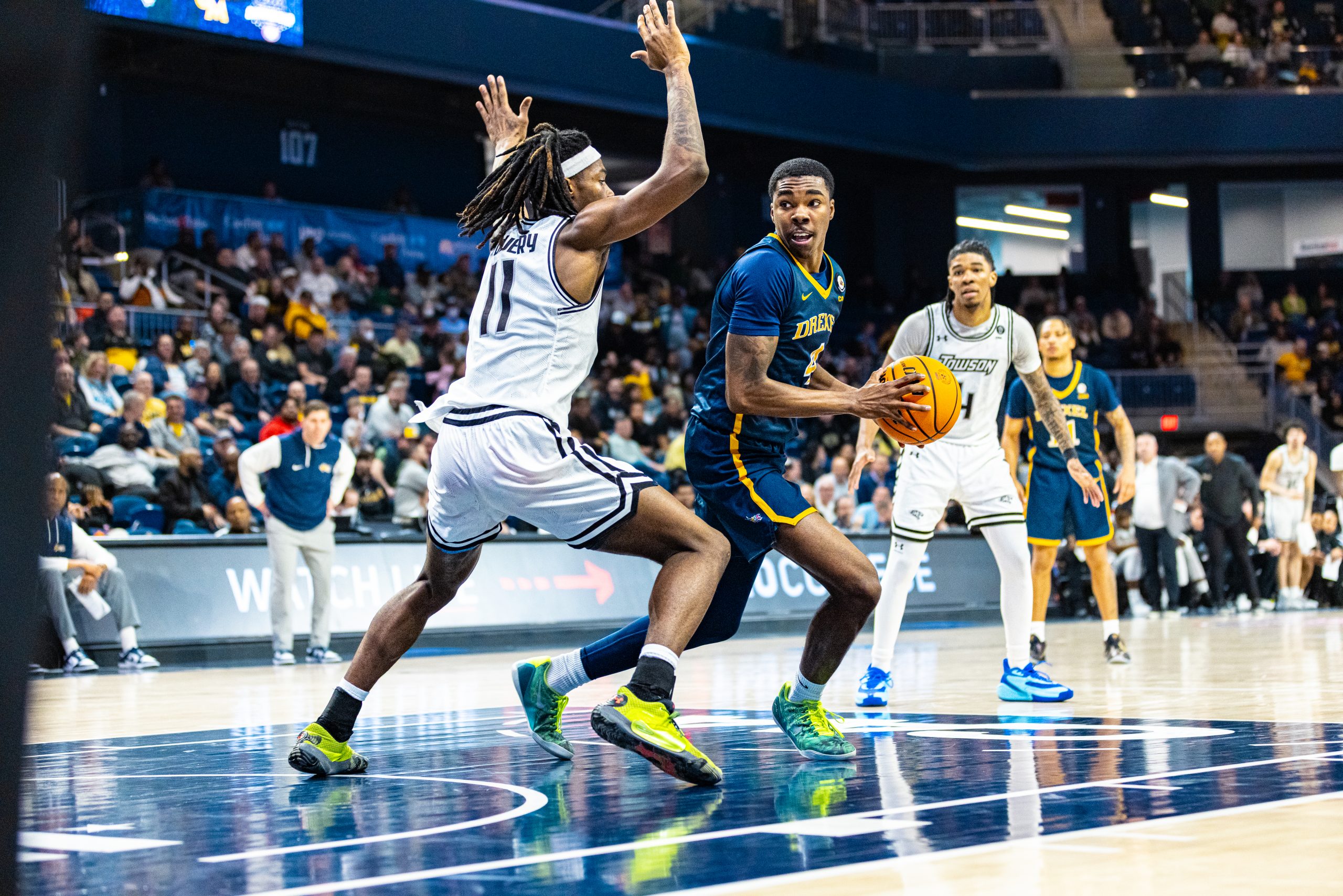
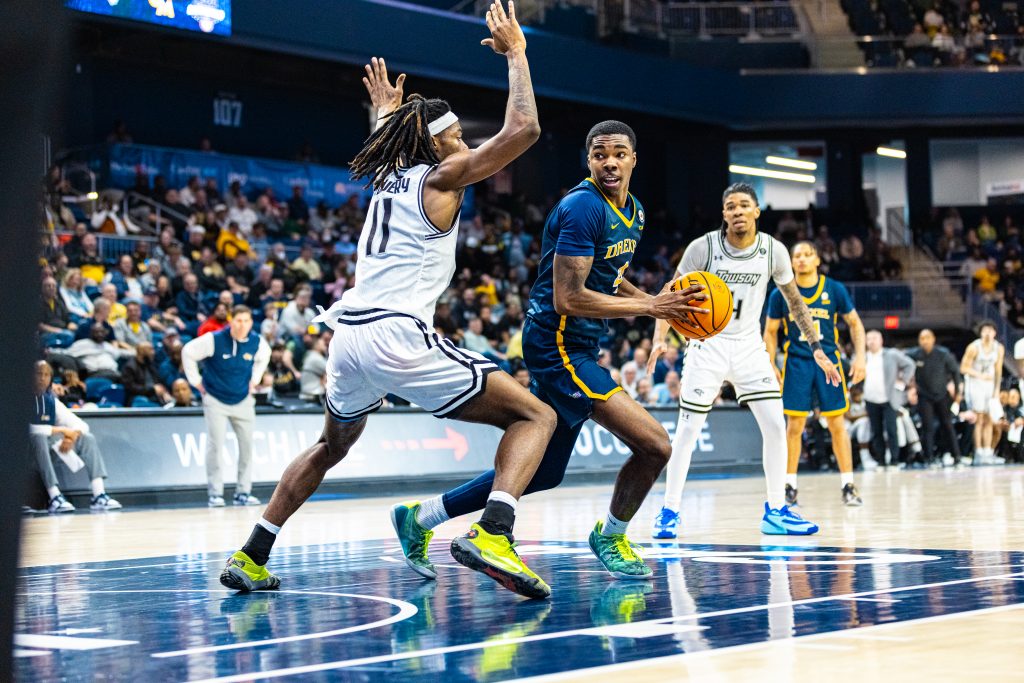
Unlike colleges such as the University of Alabama or Ohio State, Drexel is not typically top of mind when it comes to prestigious athletics programs. As a member of the Coastal Athletic Association, which is not part of the Power 5 conferences (which include the Atlantic Coast Conference, the Big Ten Conference, the Big 12 Conference and the Southeastern Conference), Drexel is classified as a mid-major. This label comes from the conference that a school’s men’s basketball team plays in. In today’s college athletic landscape, which is shaped by name, image and likeness opportunities, this characterization has limited the ability of Drexel’s student-athletes to fully benefit from NIL deals.
Unfortunately for Drexel, the shortcomings of the men’s basketball program have undermined the success of other Drexel athletics programs. Just this season, the men’s and women’s lacrosse teams made trips to the CAA championship, and the women’s team was consistently ranked as one of the top 25 programs in the nation. Both Drexel squash programs rank in the top 10, the rowing teams have dominated in recent competitions, and, in 2024, the women’s basketball team won the CAA championship and competed in March Madness.
Despite these achievements, Drexel is still a relatively unknown school in college athletics. While this can be attributed to a number of factors, perhaps the main issue of name recognition stems from the lack of NIL funding towards athletes.
Since the initial Supreme Court ruling back in 2021, NIL has transformed the landscape of college athletics. The court found that college athletes can profit off of their name, image and likeness on top of the scholarship given to them by their school.
In the four short years since this ruling, how athletes prioritize and decide the schools for their collegiate career has completely changed. Now, on top of following their dreams of professional sports, athletes are also weighing the possibility of making as much revenue as they can.
This dynamic is especially prevalent in men’s basketball, where it is not uncommon for players to enter the transfer portal two or three times. One example of this is PJ Haggerty, who has played on three different teams and recently announced he would be committing to Kansas State after negotiating to receive a $2.5 million NIL package. While athletes from mid-majors are not getting as large of deals as Haggerty, they still stand to benefit financially by transferring to schools with better NIL infrastructure.
During this offseason, Drexel’s men’s basketball team lost four of its most impactful players to the transfer portal. Cole Hargrove and Kobe McGee, who both earned CAA awards this season, transferred to Providence and Florida State University, respectively. Jason Drake announced he would spend his final year at the University of Indiana, and Yame Butler transferred to Butler University after an outstanding season. In recent memory, other standout players such as Amari Williams and Justin Moore have made moves to larger universities.
Despite head coach Zach Spiker’s claim of a culture with “a group that is connected [and] a locker room that loves being around each other” at Drexel, it seems not to be enough as the Dragons continue to lose top talent every offseason. What is the motive for these players entering their names into the NCAA transfer portal if not for potential NIL deals?
While NIL has given numerous opportunities to many different athletes, it has also created problems for universities struggling to keep up with the ever-changing rules. Currently, colleges believe that for NIL to be successful, rules and regulations are needed to stop the disproportionate allotment of money to players. At the time of publication, athletes are allowed to get paid in any amount and without any restrictions. In an attempt to make resources more equitable, the College Sports Commission was created by the Power 5 conferences to establish limitations.
For Drexel and other mid-major institutions, NIL equality is especially important, as they do not have the resources available to attract and keep star athletes. Earlier this year, an article in the Philadelphia Inquirer revealed that Drexel’s NIL resources rank in the bottom half out of all the schools in the CAA, raising concerns for Drexel and its sustainability in the coming years.
In December 2023, Drexel announced that they were launching the Dragon Fire Collective, a NIL Collective intended to support Drexel athletes by creating NIL opportunities for them. However, this effort seems to be inactive at the moment, as the last post on their Instagram was a “day in the life” video featuring Yame Butler from June 2024. Without an active collective to assist students in earning NIL money, Drexel is positioning itself further behind other mid-major universities and running the risk of losing athletes to the transfer portal.
The future of NIL remains uncertain to this day. Pending a judge’s decision on the House vs. NCAA lawsuit, which could allow schools to distribute up to $20.5 million to student-athletes, the CAA’s Board of Directors has voted to opt in to the settlement. If the judge rules in the athletes’ favor, CAA institutions, including Drexel, would be required to share their revenue.
While this decision is expected to come in late June, Drexel has already announced that they will comply with the CAA’s decision and that they are prepared to share revenue with their athletes, as confirmed by the Inquirer.
Other schools in the CAA, such as Stony Brook, have also stated plans to share their revenue with their athletes. On May 28th, they became the first school in the CAA to partner with a third-party platform to help manage revenue sharing. In addition to being an early adopter of the CAA’s mandate, Stony Brook, which has similar athletic success as Drexel, boasts one of the best NIL systems for a mid-major university.
Despite Stony Brook’s collective being launched around the same time as Drexel’s, it has made much more progress. Since the launch of the 1957 Club, the organization has hosted galas, created merchandise and partnered with NIL websites that allow fans to subscribe and gain access to the Seawolves’ athletes. Although these efforts have not entirely prevented players from entering the transfer portal this year, the university is still setting itself up for a better future than Drexel, which does not have any of these opportunities in place.
Drexel will never become the next Notre Dame, but that should not be an excuse to not build up a NIL system that prioritizes keeping players at Drexel, winning games and creating better opportunities for their athletes. With the upcoming ruling regarding revenue sharing, Drexel has the chance to level the playing field with other mid-major programs. Taking action now will make the university more competitive and set up every current and future athlete to have a successful career as a Drexel Dragon.
-

 College Sports2 weeks ago
College Sports2 weeks agoPortal Update – Basketball and Gymnastics Take Hits
-

 College Sports3 weeks ago
College Sports3 weeks agoPortal Update – Basketball and Gymnastics Take Hits
-

 Professional Sports2 weeks ago
Professional Sports2 weeks agoJon Jones answers UFC retirement speculation as fans accuse champion of 'holding the belt …
-

 Health3 weeks ago
Health3 weeks agoBYU women's basketball guard injures ACL twice
-

 NIL2 weeks ago
NIL2 weeks ago2025 NCAA Softball Tournament Bracket: Women’s College World Series bracket, schedule set
-

 Youtube2 weeks ago
Youtube2 weeks agoXavier Legette taught Marty Smith his signature celly
-

 High School Sports2 weeks ago
High School Sports2 weeks agoToday in the MHSAA
-

 College Sports3 weeks ago
College Sports3 weeks agoIU basketball recruiting
-

 College Sports2 weeks ago
College Sports2 weeks agoNCDC Commitment Profiles: Cyclones’ Martins Moving On to Saint Anselm College • USPHL
-

 Health3 weeks ago
Health3 weeks agoNew training facility opens in Reading for athletes' mental and physical advancement



































